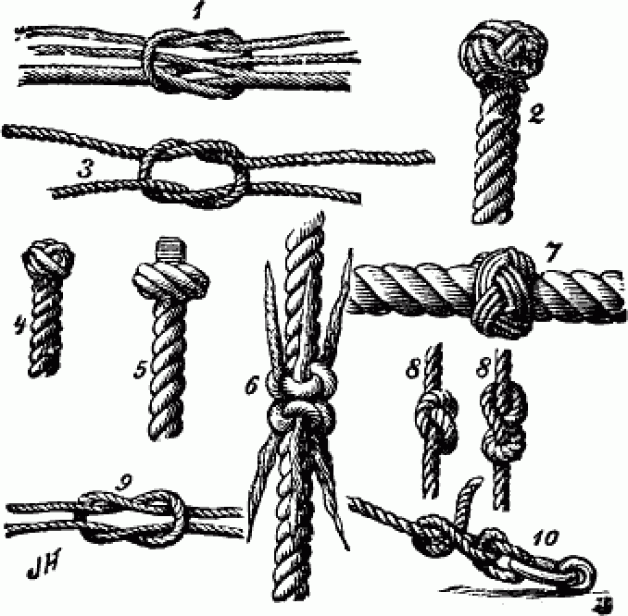One of the main problems I find with riggers is that they often become ‘knot focused’. By this I mean two things, firstly, they confuse kinbaku with knot tying and, secondly, they become focused on the knots to the exclusion of their partner. So let’s deal with those two issues.
Kinbaku does involve a couple of basic knots but learning Ashley’s Book of Knots by heart or getting your scout badge really isn’t much benefit. Really, I’d value experience as a tango dancer more highly, as that, like kinbaku, is about expressing passion and emotion. The rope is merely a tool to transmit this energy. Meticulously performing all 60 plus steps of an Osada box-tie is not going to make your partner melt in your arms without that exchange, unless you are blessed with a complete rope junkie who gets wet just looking at it. Make no mistake, it is all about using the rope to tease, control, dominate, expose, manipulate or for SM. This requires you to apply the rope in a considered manner, not as a techical exercise. One must choose the right degree of speed, tension and force with thr right attitude. think about what are you trying to convey. Is it tenderness? Firm but gently forceful domination and control? Pain? Embarrassment? A feeling of vulnerablity? A stormy passion? Of course, these can be mixed and alternated. I have often been told that not knowing what is coming next can be very hot. In some ways, it is like the principle in many martial arts of keeping your opponent off balance. With rope, this can be both a physcial imbalance, as you push or pull your partner or tie them in that way, and a mental unbalancing through unexpectedness. Try to avoid predictability, especially with those who get tied a lot. Trotting out the same old tricks very time is like always making love exactly the same way, be inventive.
Becoming focussed on knots or the ties themselves is a result of lack of familiarity and practice. Too often students want to rush ahead to collect the next pattern for their repetoire without ever properly learning the ones they have been taught. This has two negative results. For a start, skimping on learning means that the refinements are missed and mistakes arise. You cannot learn a proper takate-kote in the 40 minutes or so I have seen allocated to it in some classes unless you are some sort of natural rope god, nor can you learn it from a book such as Complete Shibari. In the case of the latter, much has been omitted and the illustrations are badly flawed. For example, there is no mention of the critically important tension of the wraps. The example photos are so poor that I use them to test my students to see if they can spot the mistakes, such as imbalanced wraps, lack of compacted frictions, overly tight wrist bindings and failing to tie non-tightening knots. In my opinion, adequate tuition by somebody who knows the tie in its correct form is a prerequisite. It is all to easy to learn a bastardised version that is the result of errors creeping in. I have spent several days studying Osada Steve’s takate-kote first hand but I still learned a lot from follow up sessions. I must have tied it 1,000’s of times but there’s still more to learn. From there, it is down to you to practice it till you can tie it blindfold. Only when you can do a tie without thinking should you move on. If you are worrying about the tie, you are ‘knot focused’ and aren’t thinking about your partner. Think about it, what’s better an incompetent lover who fumbles their way through every position in the Kama Sutra or one that can really knows what they are doing with a more limited range? This is the second problem, so practice is essential to develop ‘muscle memory’ that means you don’t need to think about it. This is the same skill that allows you to tie your shoe laces without automatically or a soldier to strip a weapon in the dark. When you have to really think how you did it is a sign you are reaching this level. You can see those who haven’t developed this by the sheer concentration they exhibit when tying and the way they are focused on the knot, barely noticing their partner. It’s dull to experience for the person being tied and even duller to watch. Remember, make sure you a not ‘knot focused’!

